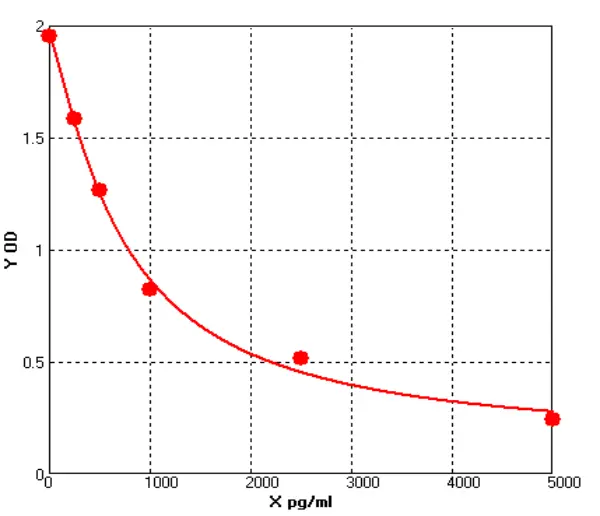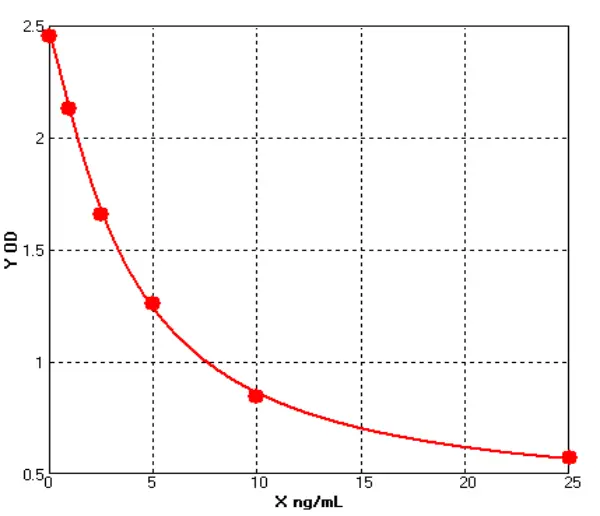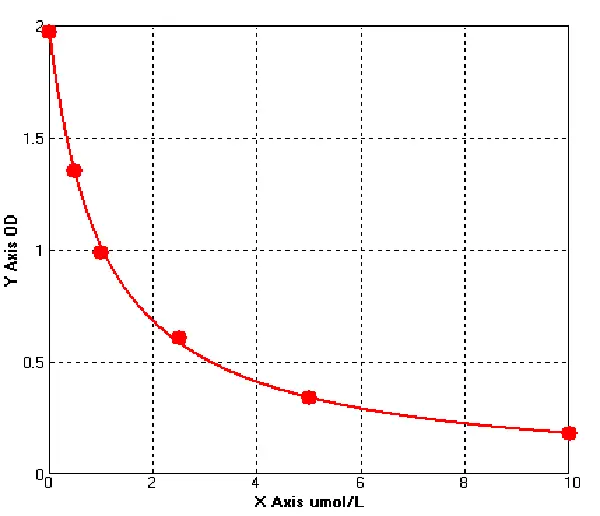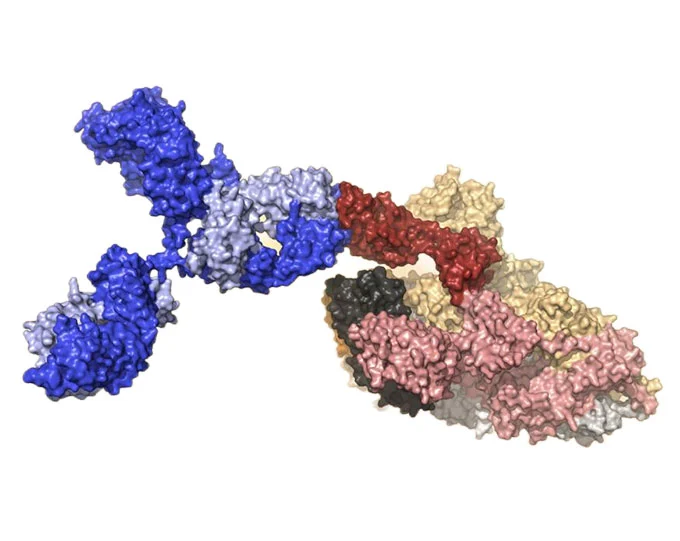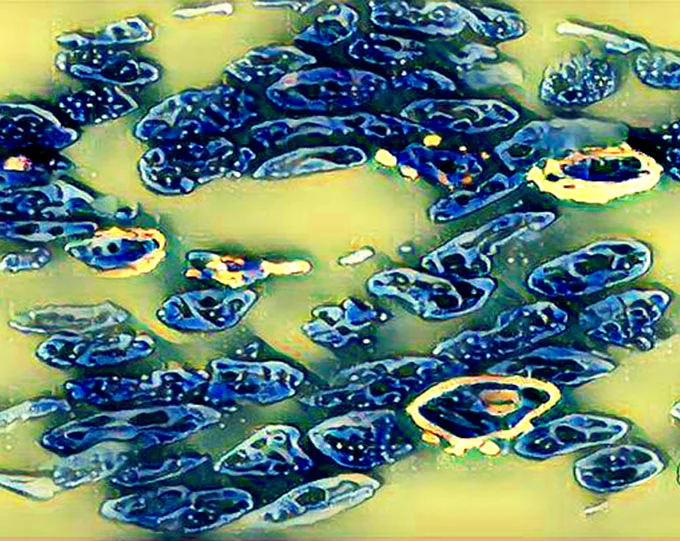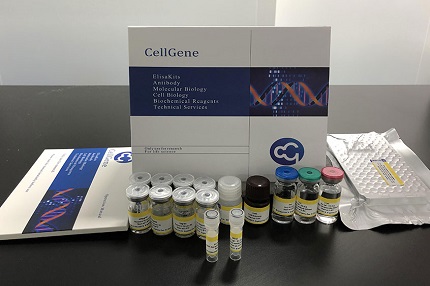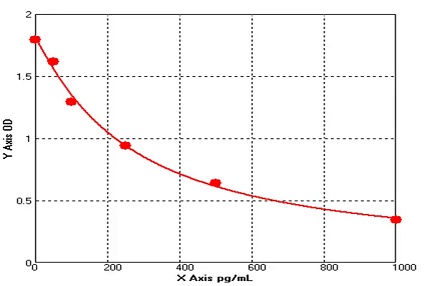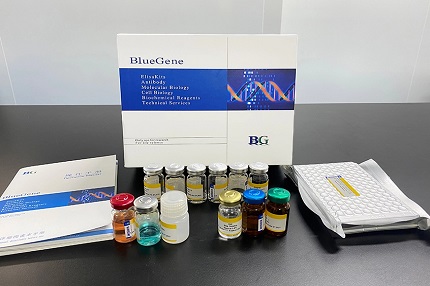- Host Cell Protein Detection Kits
- Host Cell DNA Residue Detection Kits
- Antibodies
- Recombinant Proteins
- ELISA Kits
- Cellular Component Protein Library
- Plasmids
- Promotions
-
Collagen 1 ELISA: Principle, Advantages, and Clinical Applications
The principle of the Collagen 1 ELISA is to use the enzyme-linked immunosorbent assay (ELISA) technology to quantitatively detect the ColⅠcontent in samples through a double-antibody sandwich method....
Apr.18, 2025Read More > -
Monitoring Chronic Diseases Using BFGF ELISA Kit
Chronic diseases pose a significant challenge to global health, often accompanied by long-term inflammation, tissue damage, and repair processes. In the study of these diseases, basic fibroblast growt...
Apr.16, 2025Read More > -
The Need for Methamphetamine Residue Detection
Methamphetamine, as a commonly abused drug, has seen increasing concern over its residue in food and pharmaceuticals. With the growing threat of drug abuse to public safety and health, regulatory agen...
Apr.14, 2025Read More >
BlueGene Biotech's Research For Microbiology
1. Definition Of Microbiology
It is a science that studies the basic rules of life activities such as morphological structure, growth and reproduction, physiological metabolism, genetic variation, ecological distribution and taxonomic evolution of various microorganisms at the molecular, cellular, or population level. It applies to the fields of industrial fermentation, medical health and bioengineering.
2. Three Features Of Microorganisms
Microorganisms have three features. First, it is small volume, large specific surface area, and its size of microorganisms measured in μm. But the specific surface area (surface area, volume) is large, so there must be a huge surface for nutrient absorption, metabolic waste excretion and environmental information acceptance. This feature is also the key to distinguishing microorganisms from all large organisms. Second, more absorption, and faster transformation. This characteristic provides a sufficient material basis for high-speed growth and reproduction and the production of a large number of metabolites. Third, it grows vigorously and reproduces quickly with extremely high growth and reproduction speed. This feature can convert a large number of substrates into useful products in a short time and shorten the scientific research cycle.

